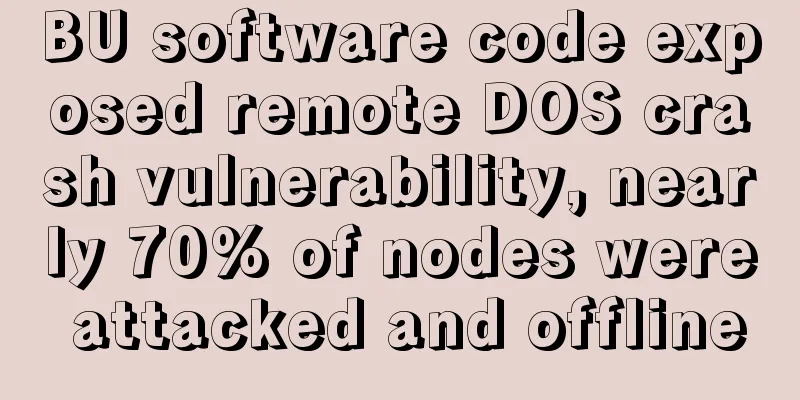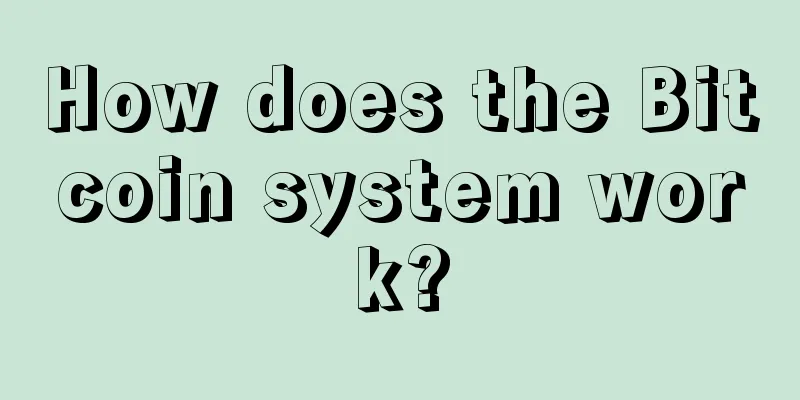Kakao Talk, the Korean version of WeChat, enters the Bitcoin remittance market

|
At more than six years old, Seoul-based chat app Kakao Talk has 170 million users and 93% market penetration in South Korea. Yet this spring, when the $2.9 billion company announced its first overseas investment, it was a surprise: KakaoTalk acquired a 40% stake in Manila-based bitcoin firm If you don't know how remittances move between the Philippines and South Korea, the deal is puzzling. In South Korea, there are only about 60,000 Filipino migrant workers, far fewer than in Japan, and they send about $231 million to the Philippines every year. On average, each person pays $300 per year, which is about 50% higher than the global average. In some markets, including the corridor between the Philippines and South Korea, a lack of competition makes remittances more expensive, and KakaoTalk is one of the companies aiming to find a more economical solution. An expensive habitA typical international money transfer requires a lot of communication between people on both ends. They need to calculate exchange rates, sync amounts, collect personal information, agree on the method of transfer, and then confirm when the funds have been sent and received. Globally, remittances are usually sent by migrant workers who leave their hometowns to find better-paid jobs in other countries, while the beneficiaries are usually family members or friends of the sender at home. According to statistics, 230 million people around the world send $500 billion through remittances every year, mainly through Western Union, MoneyGram, and RIA companies, which together control 1.1 million retail outlets and account for more than 25% of the world's total annual remittances. However, with the increasing popularity of smartphones, chat applications have played a greater role in daily financial transactions. Earlier this year, companies including Viber and WeChat announced a partnership with Western Union to allow US users to send money to beneficiaries in non-US countries. This type of collaboration can solve some of the logistical barriers to remittances, but cost remains a major issue. To send $20 from the United States to the Philippines via Viber and Western Union, the remittance fee is $4, plus a 4% foreign exchange fee. After the money is converted into Philippine pesos, there is only about $15.15 left, and nearly $5 will be lost. This may seem comparable to ATM fees, but the vast majority of Asian migrants are domestic workers, sailors or construction workers. Most send about $200 back home each month (usually a little more than a quarter of their income). After the remittance, about $12 of the $200 is lost, which is equivalent to half a day's wages. And every year, billions of dollars move around the world. Bitcoin BridgeFor more than a year, startups have tried to solve this problem by building alternatives to Bitcoin. The sender sends money in local currency, and the funds are converted into Bitcoin before being transmitted to the destination. Once at the destination, the Bitcoin is automatically converted into the local currency of the recipient. Importantly, the customer does not need to know that Bitcoin is involved in this process. In the past year, this nascent industry has welcomed at least three new members, including But challenges remain. Migrant workers are often wary of new technologies that can save money. In addition, Internet penetration in emerging Asian markets, such as the Philippines, is often less than 40%, which is undoubtedly a challenge for digital innovation. Because remittance providers’ clients rely on hard currency, these companies must also have cash-out partners in every city and region, which comes with additional costs and security concerns because digital money can’t magically be converted into paper money when you need to buy vegetables at the local market, pay for transportation, or send your children to school. |
<<: Why our economic freedom depends on blockchain
>>: Blockchain innovation can bring back pre-9/11 optimism
Recommend
How to read the five elements in face reading
Can a person’s five elements be revealed through ...
Fingerprint ★ Palmistry ★
Fingerprints can be divided into eight categories....
Is it true that a man with a broken nose will bring bad luck to his wife? Which men with the most severe facial features will bring bad luck to their wives?
Men don't want to marry a woman who will brin...
Judging a woman's personality from her eyebrows
Eyebrow with arrow Everyone finds adversity scary...
The positioning of the three talents in physiognomy and the theoretical significance of physiognomy
The positioning of the three talents in physiogno...
9 types of palm lines indicate a woman with a good fate and a lifetime of wealth
Some people have good palm lines and will be rich ...
What does peach blossom eyes mean?
If you observe carefully, you will find that peop...
Facial features of people who pay close attention to their etiquette and image
Some people pay great attention to their etiquett...
Face reading explains the fate of women with deep nasolabial folds
If a woman's nasolabial folds are too deep If...
Fortune telling through the ring finger
In palmistry, different palm features indicate di...
In-depth analysis | To be honest, 95% of people have a narrow understanding of Filecoin
1. What is Filecoin? Filecoin is more than just a...
Analyzing the wealth of life from women's faces
Physiognomy is about judging a person's chara...
One article to understand the turbulent decade of China's mining chip manufacturers
Abstract: In 850 AD, a delegation led by the Budd...
Characteristics of women with round and full chins
Characteristics of women with round and full chin...
Analysis of the auspicious signs of a woman with a good fortune
As one of the traditional physiognomy techniques, ...









